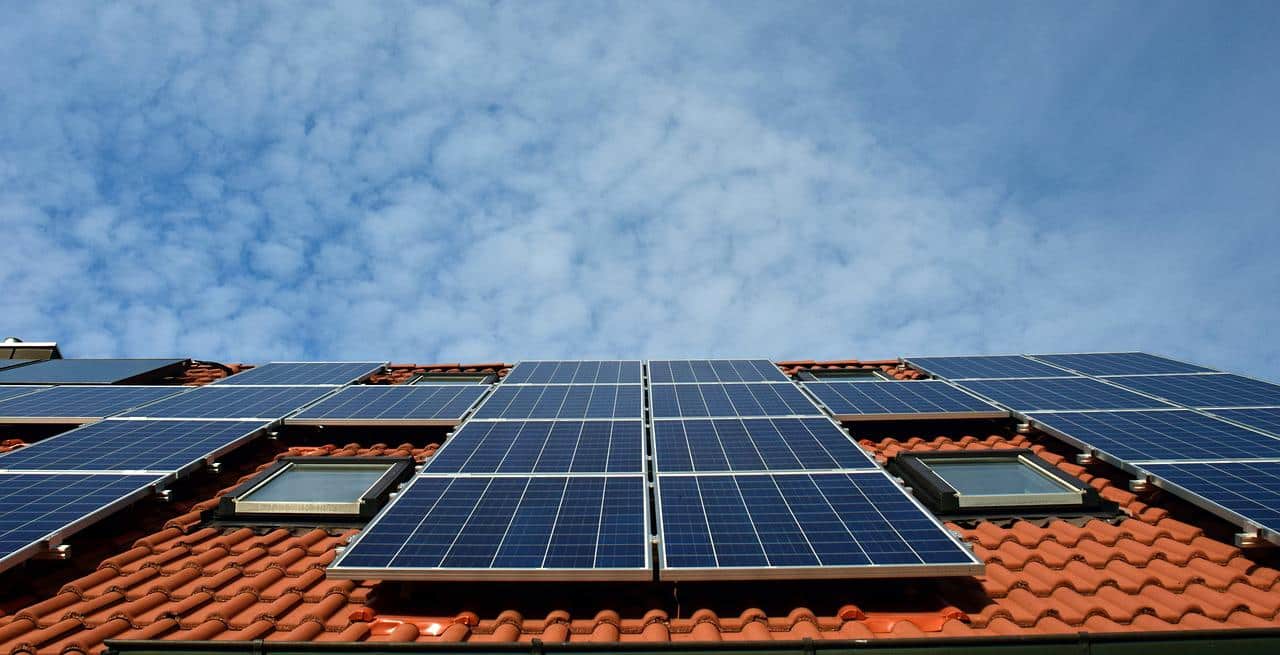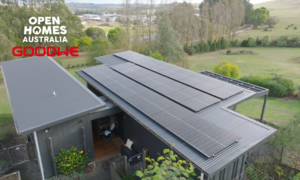Australia is on track to generate half of our energy from renewable sources by 2025 and even greater beyond. According to the Australian Academy of Technological Sciences and Engineering (AATSE), renewable energy adoption in the nation is pushing forward as wind and solar energy become cheaper.
The report suggests that renewable energy in the country is tracking towards 50 per cent of their electricity generation in 2025, and it is expected to reach 69 per cent by 2030. Additionally, the country’s electricity networks will be able to run on 100 per cent green energy for periods at a time by the middle of the decade.
Solar Rises
Solar and wind industries will likely attract bigger investments, compared to fossil fuels, over the coming years. With this should come lower product and establishment prices for solar and wind energies, which only means that the more they are deployed, the more likely the costs will decline. It is highly likely that, by 2030, solar and wind will be the cheapest electricity source in many parts of the world.
In 2020, solar photovoltaic (PV) accounted for 21.7 per cent of the total power capacity in the country and it is estimated to reach 47.56 per cent in 2030.
With the decline in thermal and hydropower capacity, the Australian Government plans to compensate for this with renewable power capacity growth, which will be driven most by solar PV installations.
The continuous growth of solar panels in Australia is due to the frequent renewable energy auctions and feed-in tariffs (FiTs). Additionally, each state and territory has its own schemes supporting solar PV growth.
For example, the Australian Capital Territory (ACT) provides interest-free loans for rooftop solar panels.
It has also been observed that one of the main reasons for the increased deployment is the regulatory regime in Australia that is favourable to its citizens. Compared to the global average, the rate of rooftop solar adoption in Australia is higher. Even during the COVID-19 pandemic, the rooftop PV segment added 2.6GW capacity to grid, which is over 15 per cent of the capacity that was added in 2019.
Also, over one-fourth of Australian households have installed rooftop solar PV. In fact, there are some states in which the adoption of solar PV panels on rooftops has reached 40 per cent. Beyond the government policies surrounding rooftop solar PV growth, the adoption also helps residents avoid high energy bills and gain higher energy security.
With the increase in the deployment of large-scale solar PV installations, we have seen a boost to the solar power market in Australia. The significant cost reductions in large-scale solar PVs mainly drive this. It has also been aided by federal and state governments providing grants for developing large-scale solar PV projects.

Households and Innovative Technology Lead Renewable Energy Adoption
In 2018, Aussies surpassed the Germans’ adoption of renewable energy to power their homes, according to figures reported by Australia’s peak industry body that represents the fossil fuel and renewable energy sector, The Energy Supply Association of Australia.
They sourced data globally that revealed household solar PV penetration in the country is more than in any other nation in the world. Australian households have taken it upon themselves to install solar PV.
In 2021, $6 billion of assets were invested in renewable energy generation, and half were from end consumers. The technology that help bring the country to a renewable state were already available, which makes deployment a lot easier.
The significant increase in innovative technologies to harness renewable energies led to the increased use of clean energy in the country and on large scales.
How Australia is Making Renewable Energy Possible
The commitment to a mix of renewable sources is excellent through Variable Renewable Energy (VRE) and Distributed Energy Resources (DER) integration. The government also plays a significant role in renewables adoption.
Australia is known for its abundance of sunshine and strong winds, making it a potent place for renewable energy. However, a lot of sun doesn’t mean a lot of solar power.
That’s why the nation put in the right legislative processes, such as the Renewable Energy Target (RET) in 2001 and the Renewable Energy Certification scheme that encourages new installations.
Despite vocal critics thinking that the country has too ambitious plans, it is clear that it is working. These ambitious plans are some of the driving forces that spark economic growth. This leads to new investments in grid transmission capacity, renewable energy infrastructure, and more – all spurring changes that enable the nation to meet its renewable energy goals.
All of these enable Australia to make things happen and get things done, and that’s something that many nations around the world can learn from.
If countries all over the world manage to do this, then the world will, indeed, be a better place.
Energy Matters has over 17 years of experience in the solar industry and has helped over 40,000 Australian households in their journey to energy independence.
Complete our quick Solar Quote Quiz to receive up to 3 FREE solar quotes from trusted local installers – it’ll only take you a few minutes and is completely obligation-free.












































